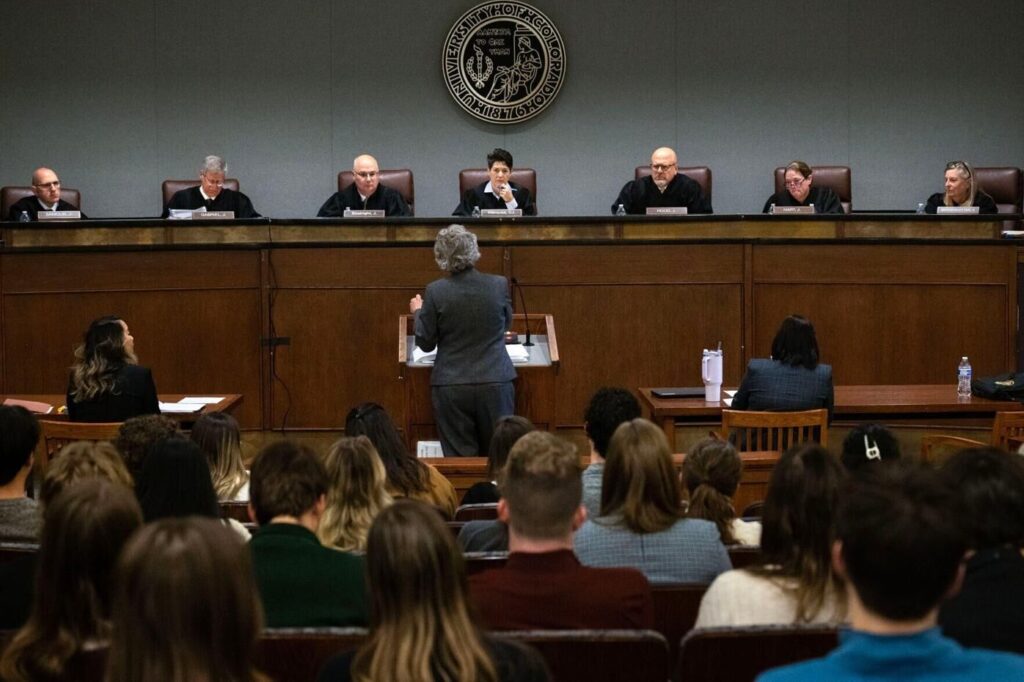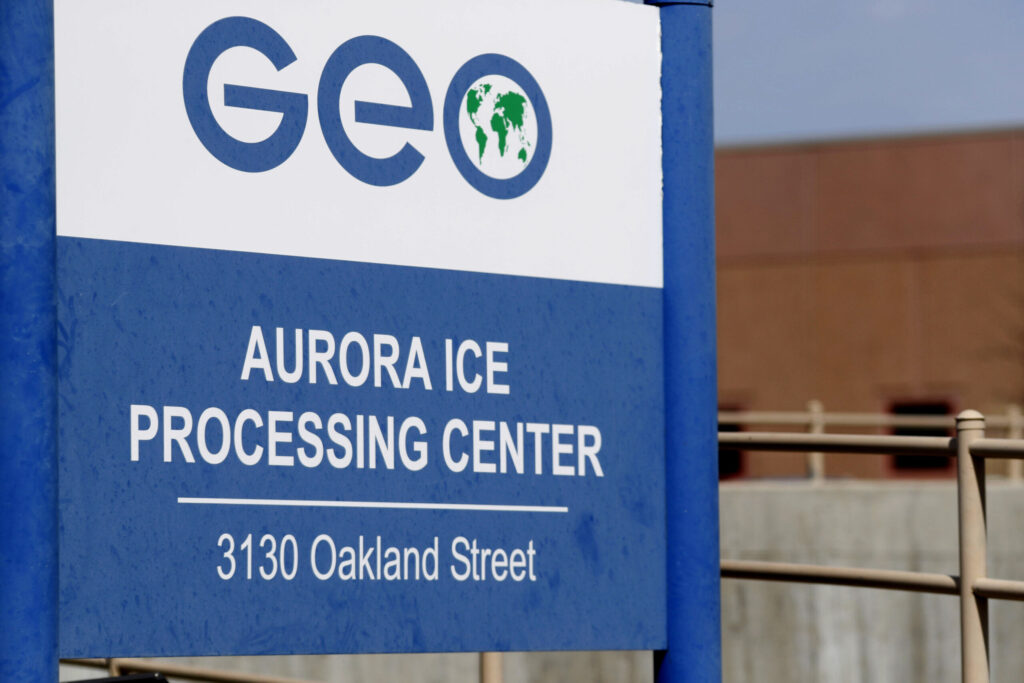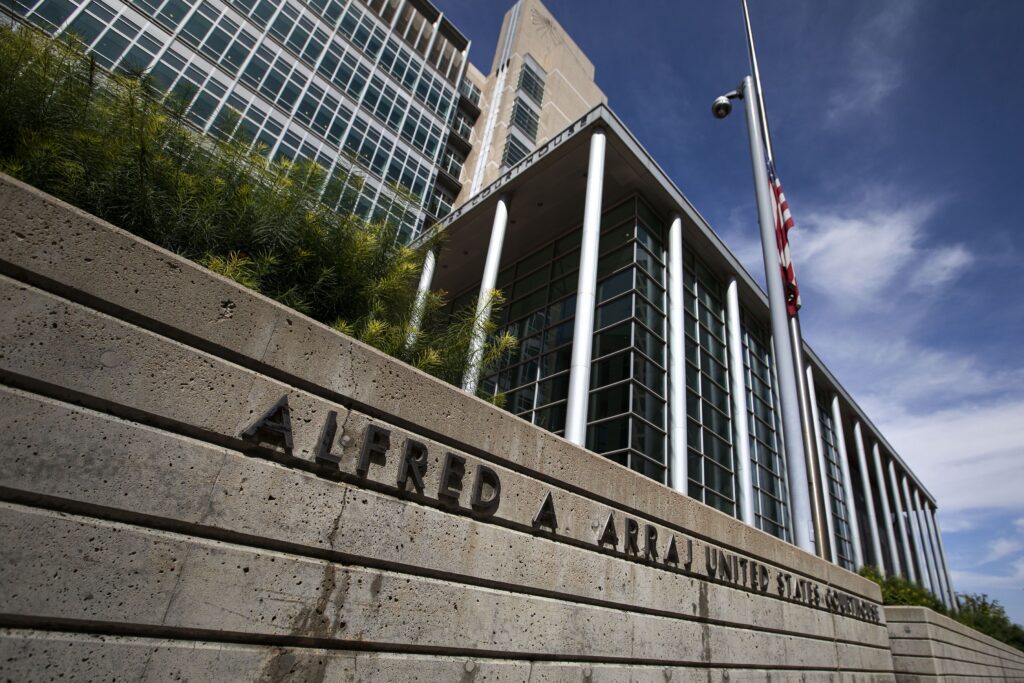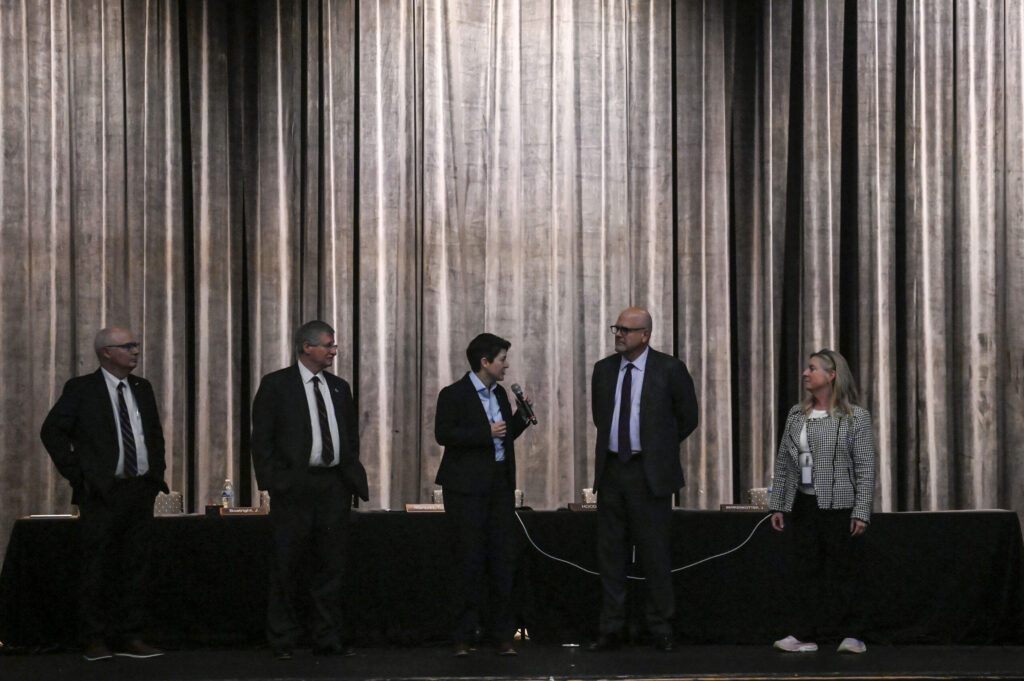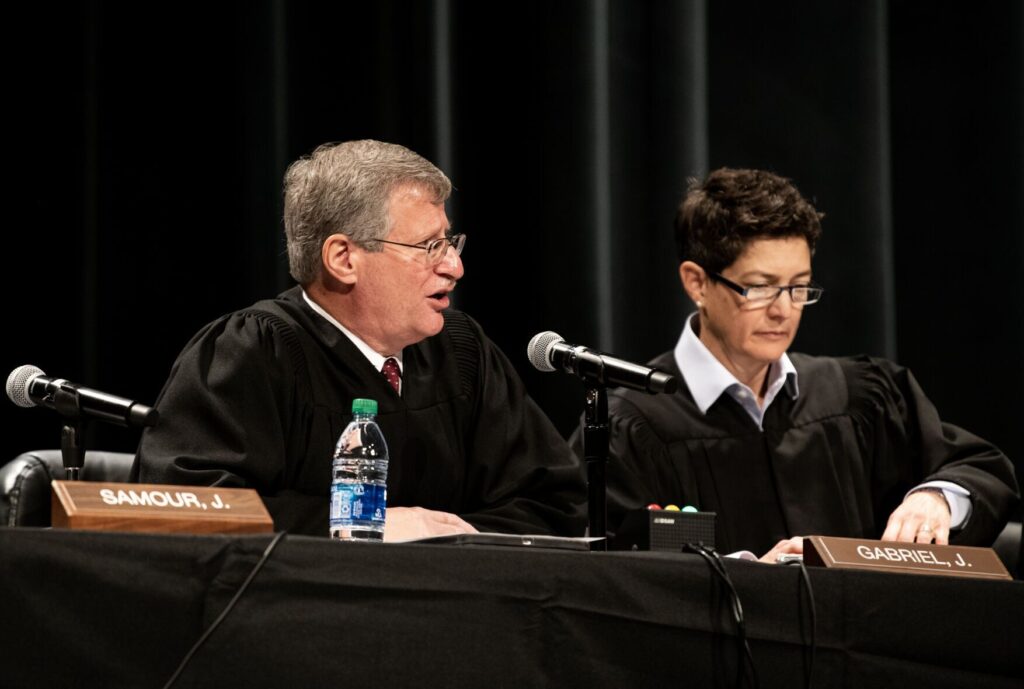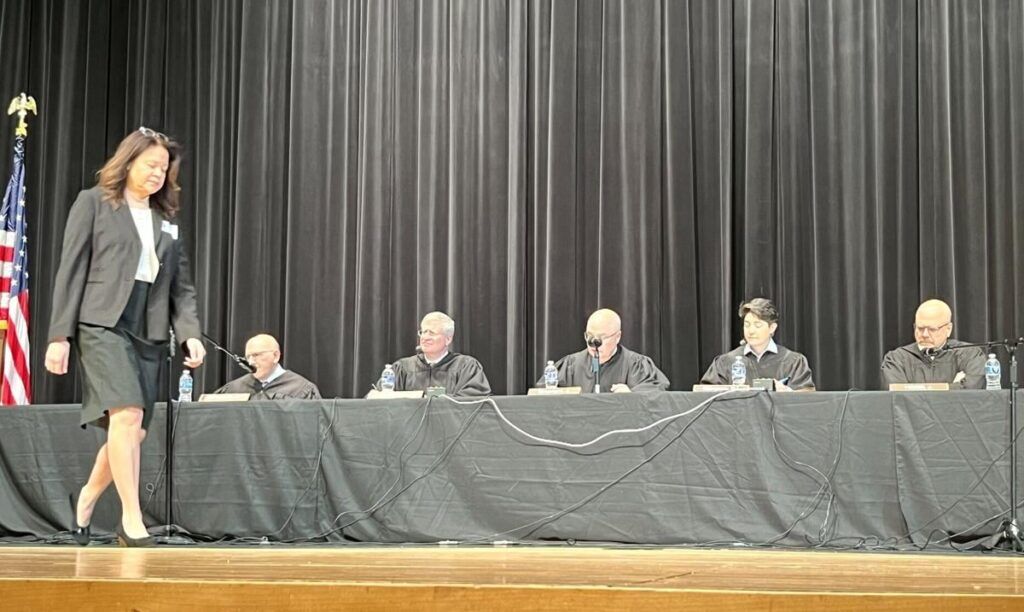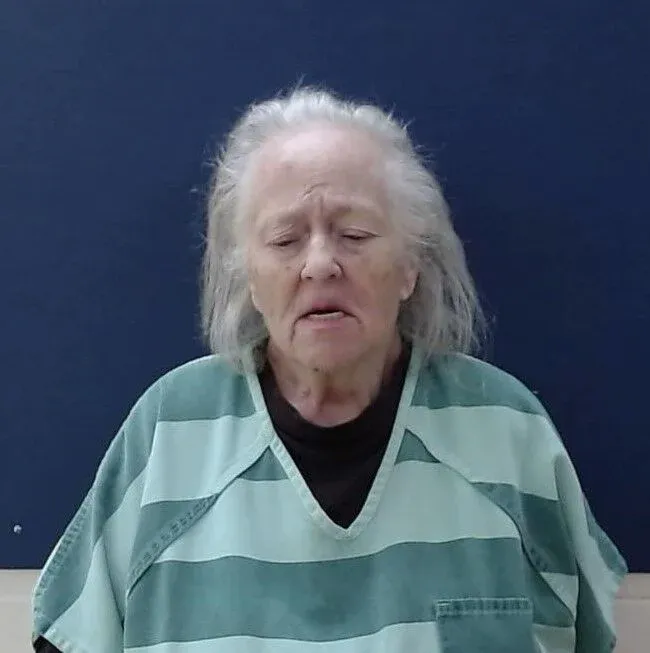Former Arapahoe judge’s bias not grounds for overturning conviction, appeals court says
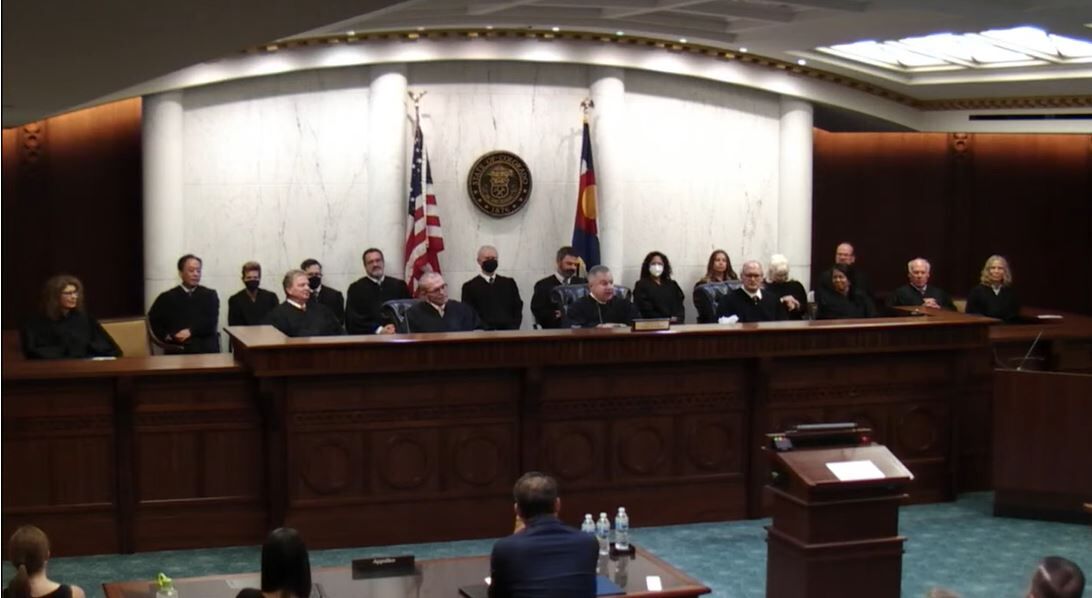
Colorado’s second-highest court has waved aside the notion that the racial bias of a former Arapahoe County judge deprived a Black defendant of his constitutional rights, determining its own review of the trial has now “purged the case of any taint.”
In April of last year, the Colorado Supreme Court censured and accepted the resignation of then-District Court Judge Natalie T. Chase. Among other things, Chase had admitted to using the N-word in front of court employees and voiced from the bench her opinion that “all lives matter” — a phrase used by those skeptical of the Black Lives Matter protests in the summer of 2020.
Prior to leaving her position, Chase reviewed a magistrate’s determination that U.J.S., a Black juvenile, had committed assault and harassment against his girlfriend. Chase upheld the magistrate’s adjudication of delinquency, which is the juvenile equivalent of finding a defendant guilty. U.J.S. then turned to the Court of Appeals to challenge, among other things, Chase’s involvement in light of her censure and resignation.
A three-judge panel for the Court of Appeals on Thursday determined Chase’s prior admission of bias did not entitle U.J.S. to a new trial, given that her role was “limited” to reviewing the magistrate’s determination of guilt.
“In conducting such a review, she did not re-hear the evidence, decide the credibility of witnesses, or make findings of fact,” wrote Judge Lino S. Lipinsky de Orlov in the Aug. 18 opinion. He added the panel’s own review “purged the case of any taint resulting from Judge Chase’s initial appellate review.”
The Supreme Court weighed in months ago on another case Chase had handled directly, in which she decided to terminate two parents’ legal relationship with their child. Although another trial judge reviewed the case after Chase’s resignation and found her censure provided grounds to overturn the decision, the Supreme Court determined the parents had to show Chase was biased specifically in their case.
“Only when a judge was actually biased will we question the reliability of the proceeding’s result,” wrote Justice William W. Hood III for the court.
In U.J.S.’s case, he stood trial before a magistrate for threatening and hitting his girlfriend. He claimed he used physical force to defend himself against the victim, but the magistrate determined U.J.S.’s behavior belied the claim he was in acting in self defense.
U.J.S. appealed the ruling to Chase at the district court, who noted the magistrate had wrongfully admitted part of a 911 call as evidence, but otherwise correctly found U.J.S. had not acted in self-defense.
At the Court of Appeals, U.J.S. raised many of the same arguments about the magistrate’s interpretation of the evidence. But the appellate panel reviewed a Facebook Live video of the domestic violence encounter and agreed U.J.S. had struck the victim first, pursued her and cornered her. Consequently, his claims of self-defense were invalid.
As for Chase’s involvement, the appellate panel stressed it was obligated to pay attention to the original factual findings of the magistrate, who U.J.S. did not allege to harbor any bias.
“A biased trial court judge, acting as a fact finder, deprives a party of due process,” Lipinsky explained. However, the combination of an unbiased magistrate and the Court of Appeals’ own review of the magistrate’s findings “purges any bias that (Chase’s) participation may have injected into the proceedings,” Lipinsky added.
The case is People in the Interest of U.J.S.


